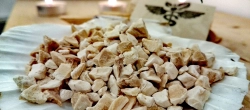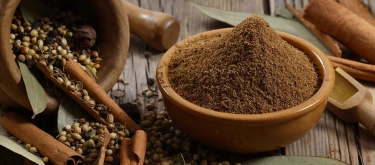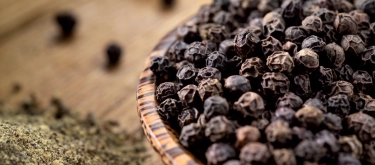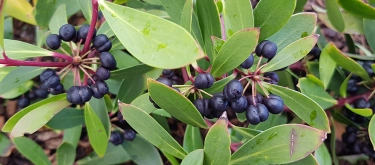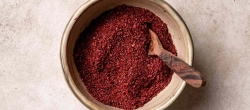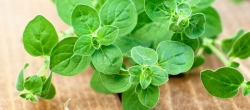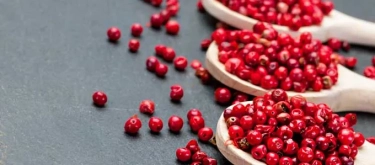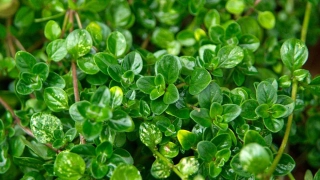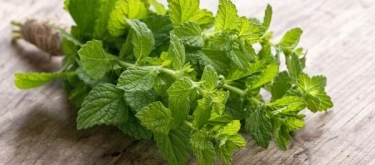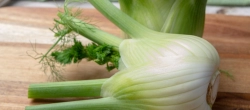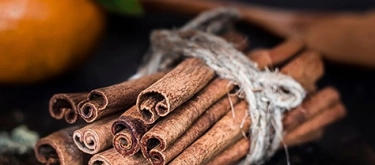Cardamom: Taste Profile, Aroma, Benefits and Health Risks
Cardamom, often referred to as the “Queen of Spices,” is a fragrant spice native to India and Southeast Asia. Known for its complex aroma and sweet, slightly citrusy taste, cardamom is a staple in both sweet and savory dishes around the world. It comes in two main varieties: green cardamom, prized for its floral notes, and black cardamom, which has a smoky, earthy flavor.
What does Cardamom taste like?
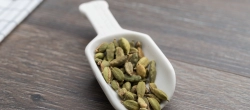
Primary Flavor Characteristics
Cardamom has a warm, sweet, and slightly citrusy flavor with floral and herbal undertones. Green cardamom is delicate and fragrant, while black cardamom is bold, smoky, and earthy.
Aromatic and Taste Nuances
The aroma of cardamom is rich and spicy, often described as a combination of mint, lemon, and eucalyptus. Its taste is equally complex, providing a refreshing sweetness with hints of spice and citrus.
Scientific Description of Taste and Aroma
- Aroma: Sweet, floral, with minty and citrusy hints.
- Taste: Warm, slightly sweet, with herbal and citrus undertones.
- Texture: Seeds are crunchy and slightly oily, often ground into powder for use.
In-Depth Flavor Analysis of Cardamom
Underlying Flavor Notes
- Sweetness: Cardamom’s natural sweetness enhances both desserts and savory dishes.
- Citrus Hints: A lemony freshness adds brightness to its flavor profile.
- Herbal Undertones: Minty and eucalyptus-like notes give cardamom a refreshing quality.
- Warm Spice: The warmth of cardamom complements other spices like cinnamon and clove.
Impact of Heat on Flavor
- Raw Cardamom: Intense and aromatic, suitable for teas and desserts.
- Cooked Cardamom: Heat mellows its intensity, blending seamlessly into savory dishes.
Textural Qualities
Cardamom pods are firm and crunchy when raw, with seeds that release oil when ground. The texture becomes smooth and powdery when processed.
Culinary Uses of Cardamom
Primary Uses
- Sweet Dishes: Cardamom enhances desserts like cakes, cookies, rice puddings, and ice creams.
- Spiced Beverages: Widely used in chai tea, coffee, and mulled wine for its aromatic flavor.
- Savory Dishes: Cardamom is a key ingredient in curries, stews, and spice blends like garam masala.
- Baking: Ground cardamom is a favorite in Scandinavian baking, including breads and pastries.
- Infusions: Cardamom seeds can be infused into creams, syrups, and broths for added depth.
Ideal Pairings for Cardamom
- Spices: Cinnamon, clove, nutmeg, and black pepper create a warm, balanced spice blend.
- Fruits: Pairs beautifully with oranges, apples, and pears.
- Chocolate: Adds complexity to both milk and dark chocolate desserts.
- Coffee and Tea: A popular addition to enhance aromatic depth.
- Savory Proteins: Complements lamb, chicken, and seafood in savory recipes.
Health Benefits of Cardamom
Key Nutrients and Benefits
- Rich in Antioxidants: Helps combat oxidative stress and supports overall health.
- Digestive Aid: Traditionally used to relieve indigestion, bloating, and nausea.
- Anti-Inflammatory Properties: Compounds in cardamom may help reduce inflammation.
- Supports Oral Health: Cardamom’s antibacterial properties freshen breath and promote gum health.
- May Lower Blood Pressure: Some studies suggest cardamom may help regulate blood pressure.
Potential Precautions
- Moderation: Excessive consumption may cause digestive upset for some individuals.
- Allergy Awareness: Rare but possible; individuals with spice allergies should use caution.
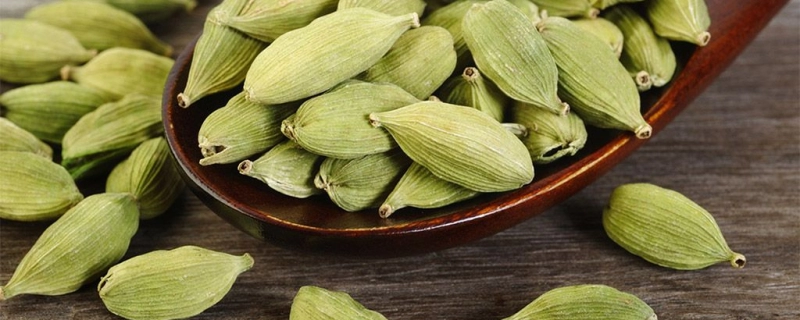
Tips for Choosing and Storing Cardamom
How to Choose Quality Cardamom
- Green Pods: Bright green color indicates freshness; avoid faded or cracked pods.
- Black Pods: Should be firm with a strong, smoky aroma.
- Ground Cardamom: Buy in small quantities to ensure freshness, as it loses potency quickly.
Storage Recommendations
- Airtight Containers: Store cardamom in an airtight container to preserve its aroma and flavor.
- Cool, Dry Place: Keep away from moisture and direct sunlight.
Fun Facts About Cardamom
- Ancient Spice: Cardamom has been used for over 4,000 years in traditional medicine and cooking.
- Cultural Significance: It’s a key ingredient in festive dishes and rituals in Indian, Middle Eastern, and Scandinavian cultures.
- Expensive Spice: Often considered one of the most expensive spices, second only to saffron and vanilla.
